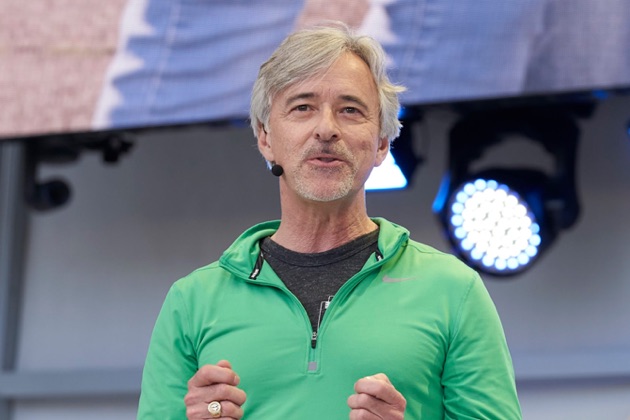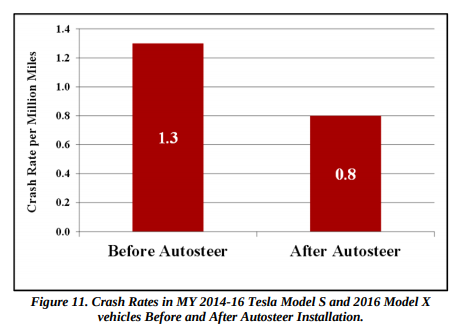
I used to be much more diligent about my annual autonomy predictions, writing them on January 1 and evaluating them the following December 31.
I fell off that wagon a number of years ago. Sorry!
Nonetheless, here are some predictions for 2024.
100% Confidence
- No Level 5 self-driving vehicle will emerge.
90%
- Waymo will continue to offer driverless service to members of the public.
- I will ride in a driverless Waymo.
- Tesla Full-Self Driving will remain a Level 2 advanced driver assistance system.
80%
- A driverless truck will run on a US highway.
- I will not receive an aerial (drone) delivery at my house.
- No driverless service will open to the public in Europe.
70%
- At least one company besides Waymo will offer self-driving service to members of the US public, possibly requiring approval.
- No Level 3 vehicle will assume legal liability from the driver in any domain within the US.
60%
- No Level 4 self-driving vehicle will be at fault in a fatal collision.
- Tesla does not announce the inclusion of lidar in its vehicles.
- I will purchase a Comma device.
- Mobileye will not launch a public driverless robotaxi service.
50%
- At least one company besides Waymo will offer self-driving service to members of the US, without any pre-approval required.
- Cruise will relaunch driverless service to the public, somewhere.
- A Level 4 autonomous company will hold an IPO.















